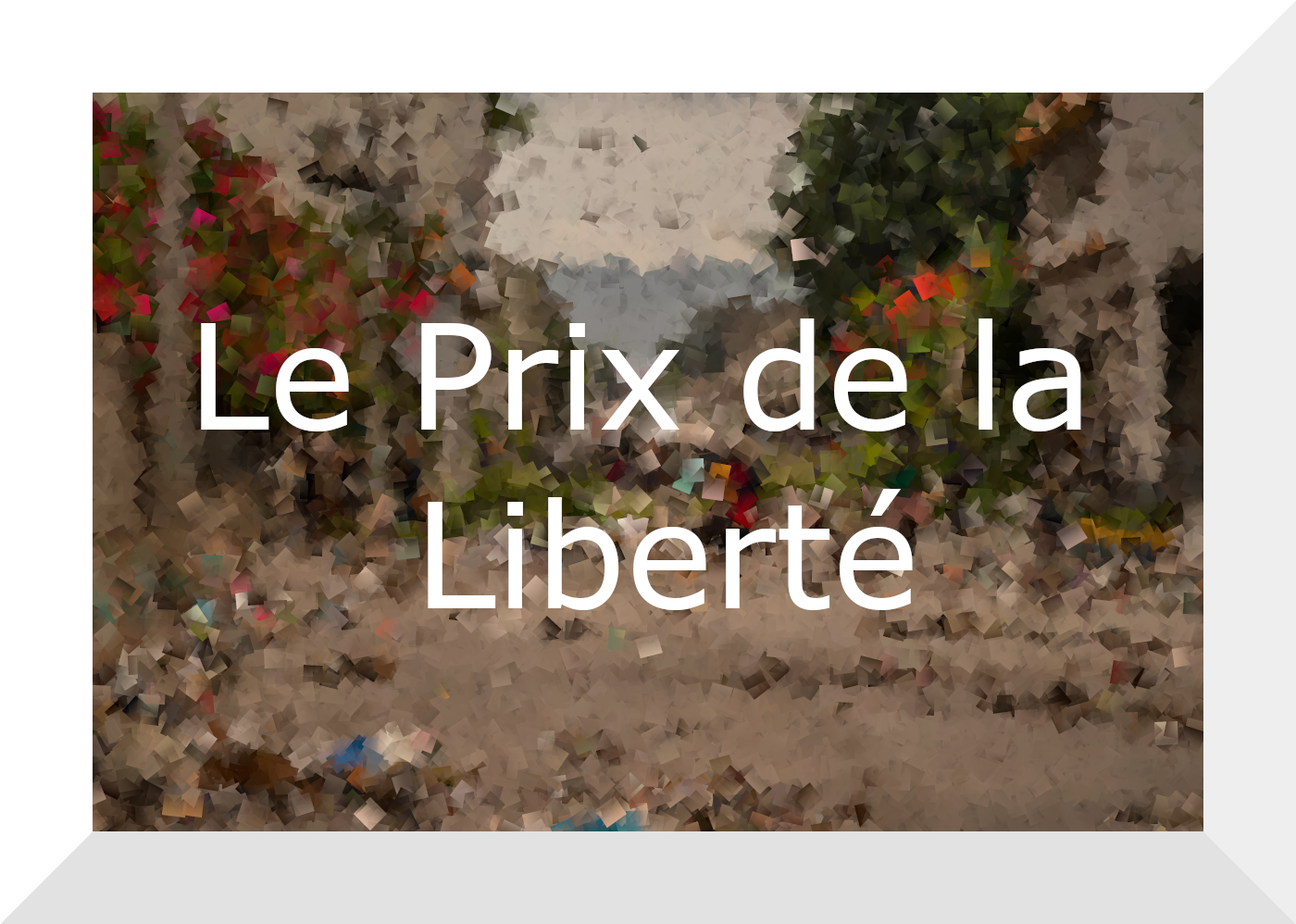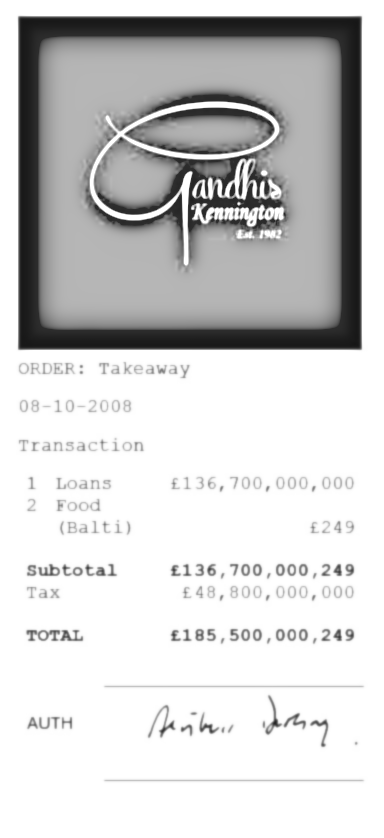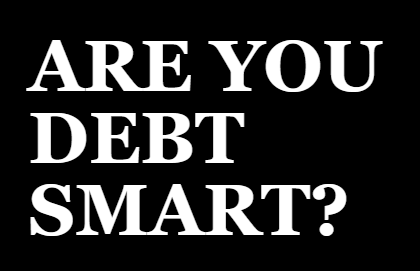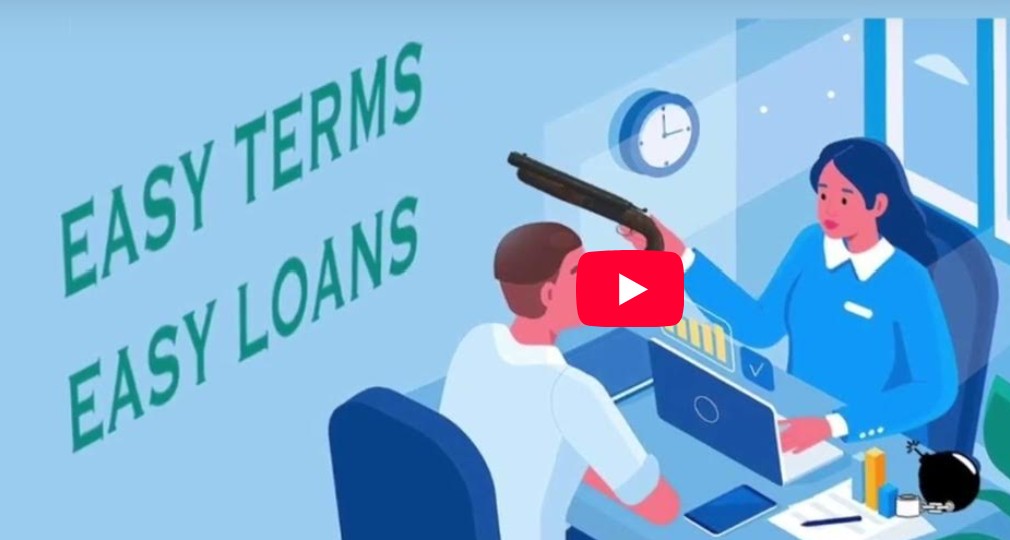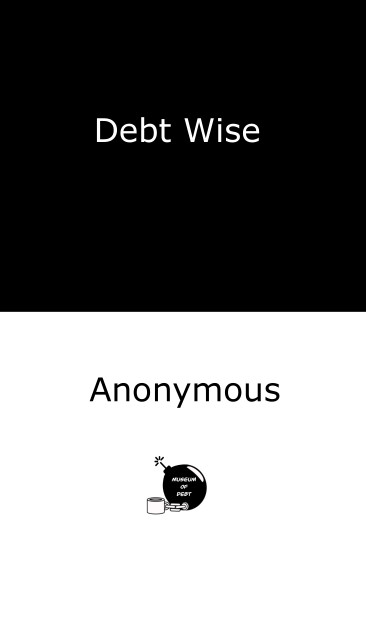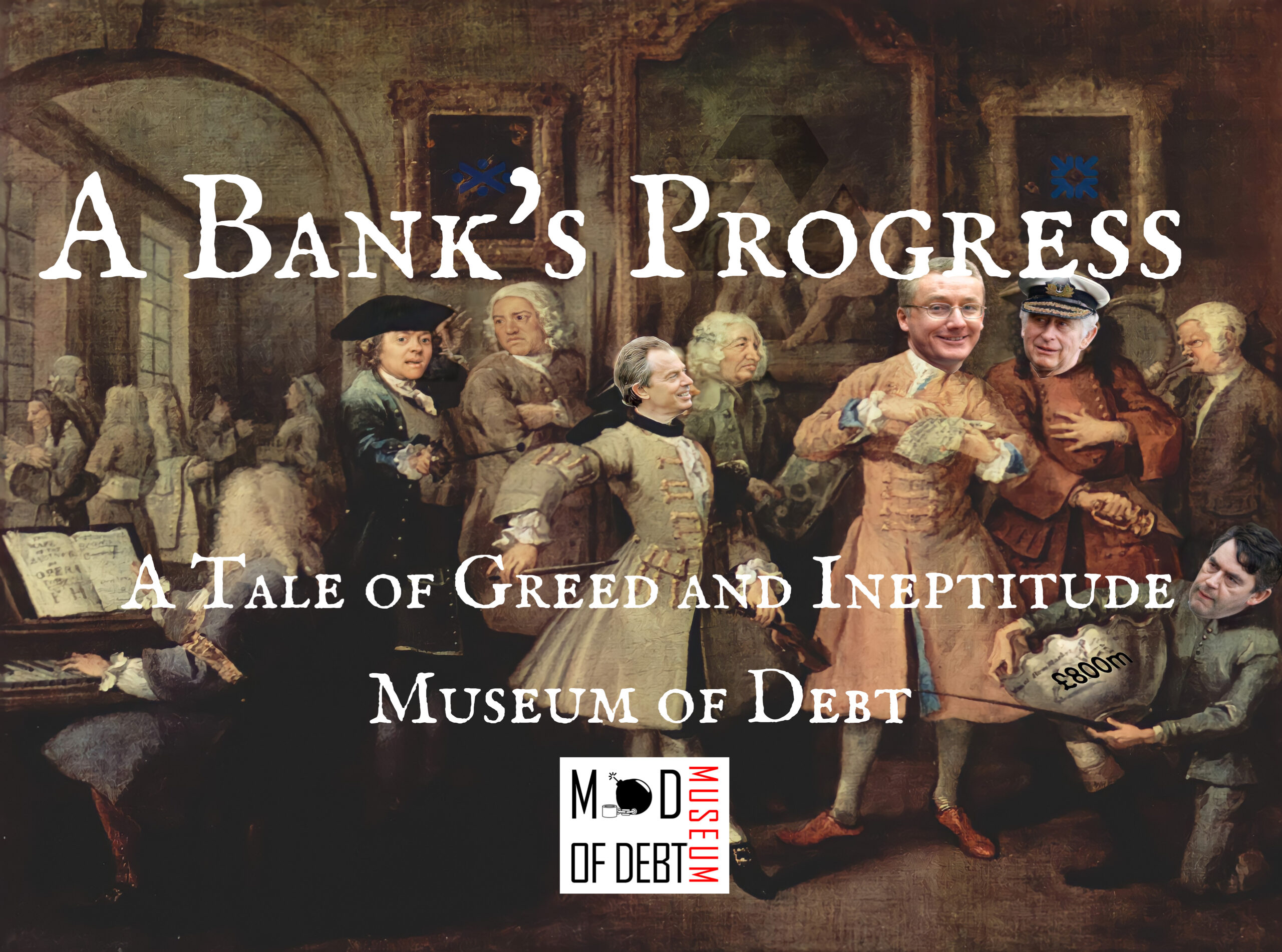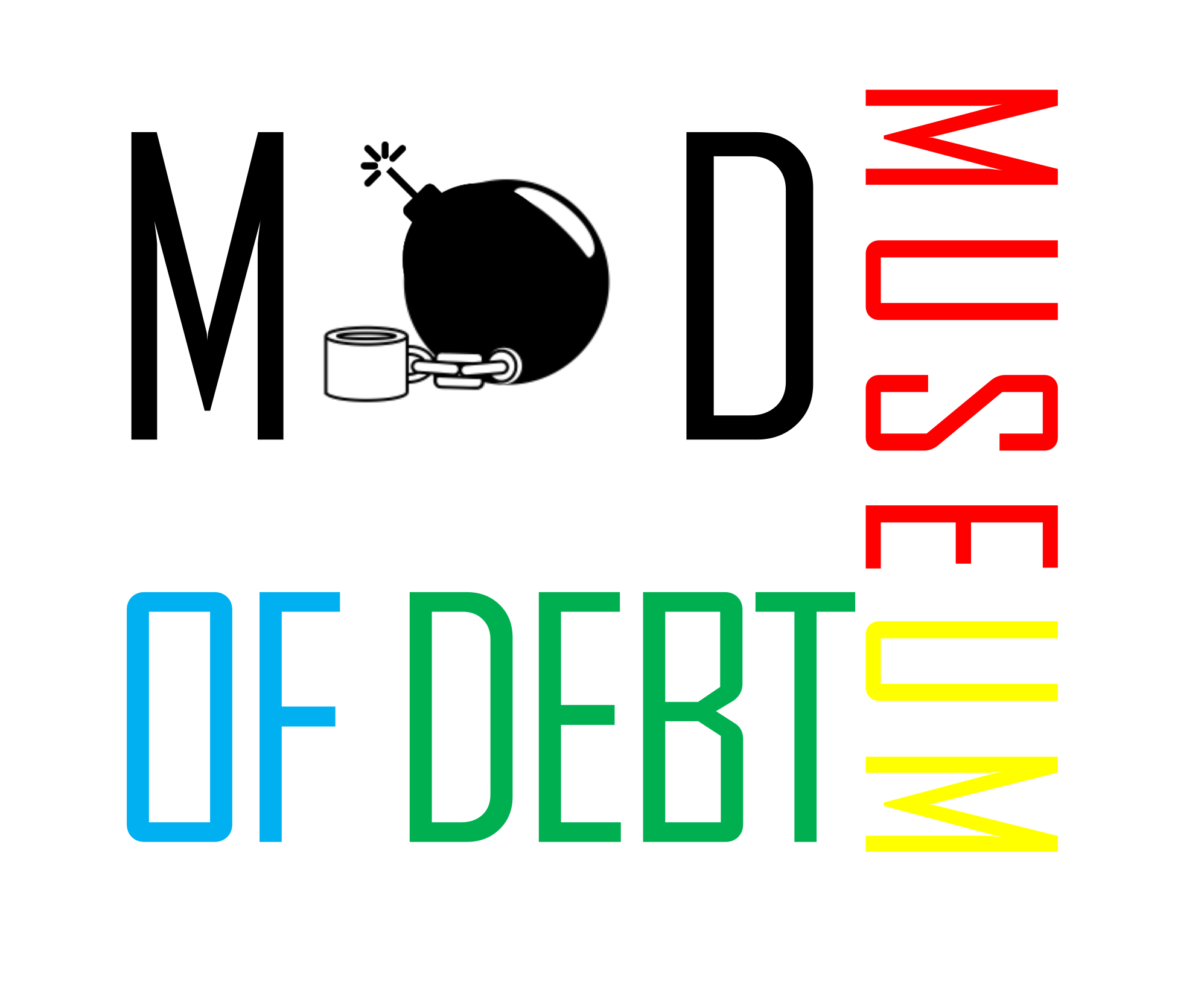-

The Origins of Money and the Myth of Barter
Why not simply write off the myth of barter as a quaint Enlightenment parable, and instead attempt to understand primordial credit arrangements-or anyway, something more in keeping with the historical evidence?. David Graeber David Graeber did an excellent job of critiquing the founding myth of economics in his book Debt: The First 5000 years. With its…


